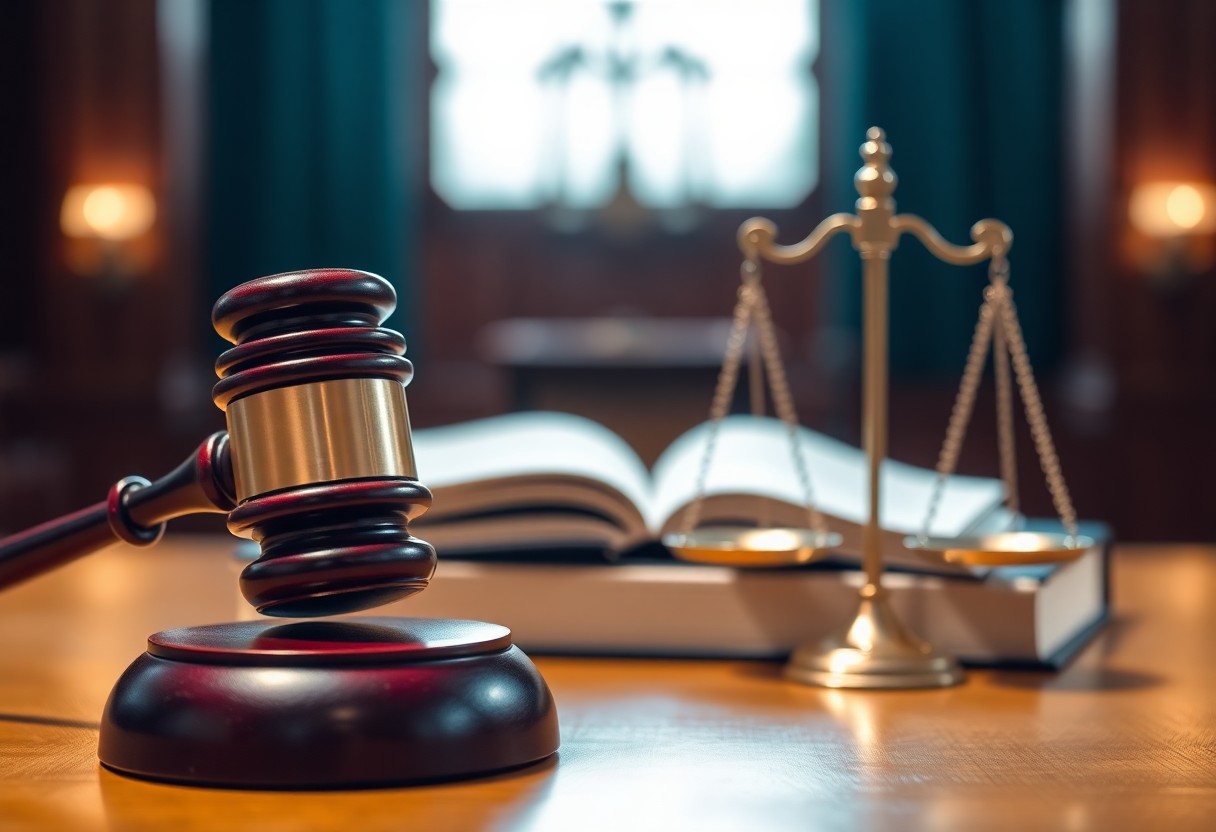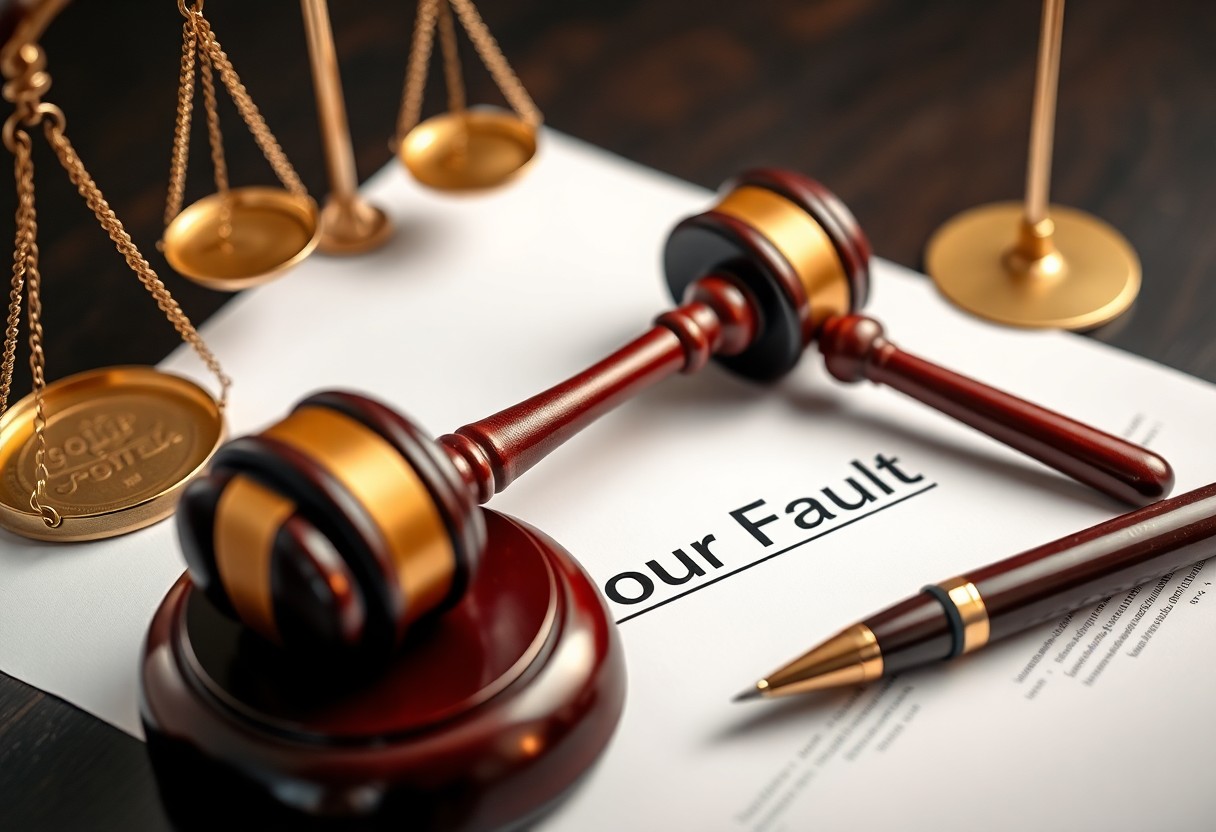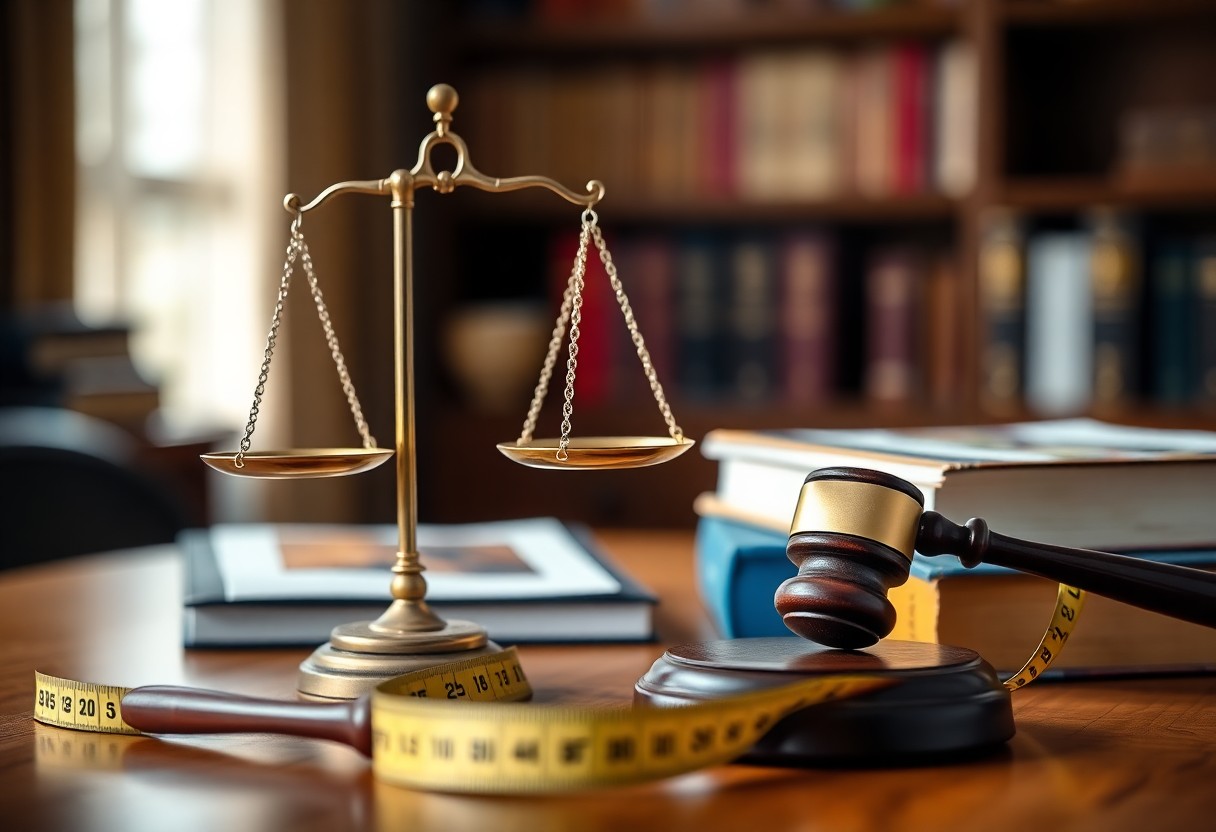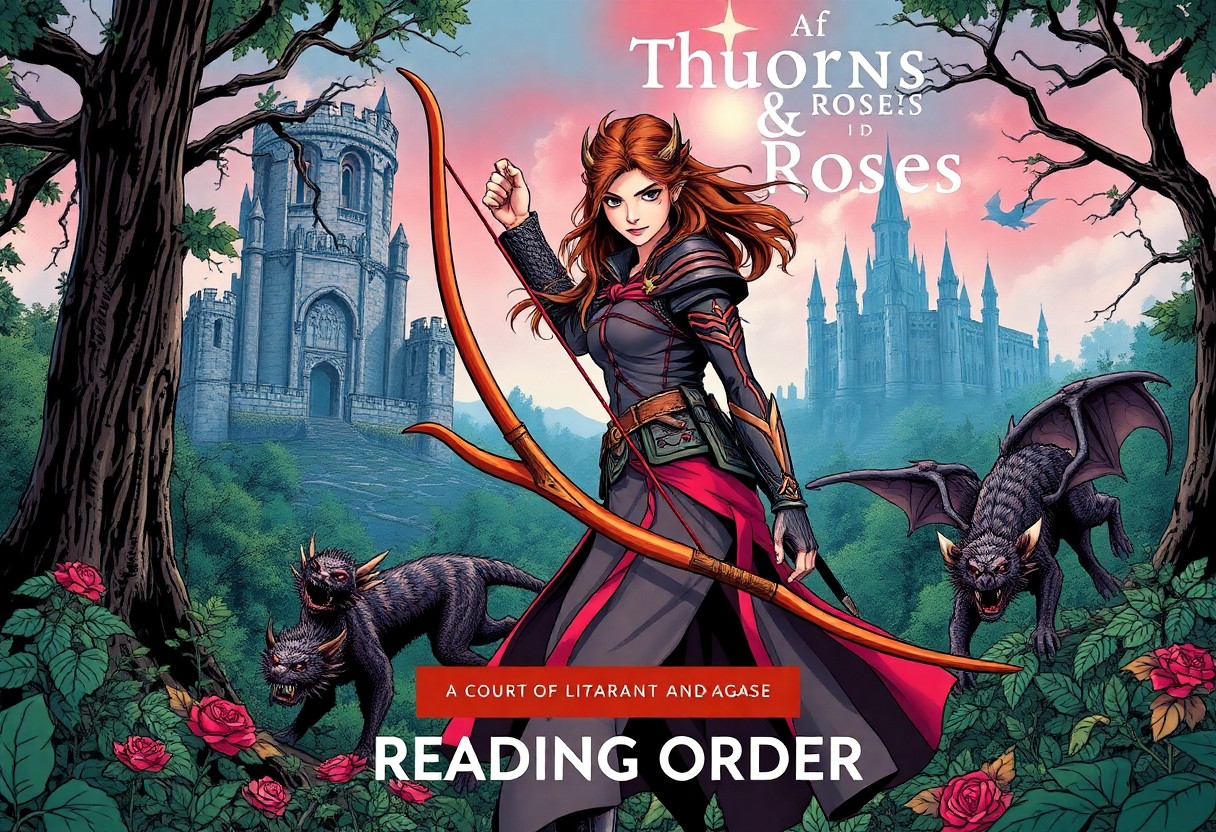Fault—it’s a word that hits hard, but we’ve all got to face it head-on. When you find yourself in a situation labeled ‘your fault,’ knowing how to handle your legal responsibilities can make or break the outcome. We’ve teamed up to break down exactly what culpability means, how it works, and how you can take control without feeling lost. Just like in the story “Your Fault” from Mercedes Ron’s *Culpa Tuya*, navigating these moments requires clarity, guts, and a game plan that keeps you owning your role while protecting your future.
Deciphering Legal Culpability in Everyday Scenarios
We often find ourselves navigating situations where fault isn’t black and white, especially when emotions and relationships complicate matters—much like in the story of Noah and Nicholas from Your Fault (Culpa Tuya) Book 2. Legal culpability hinges on how the law interprets actions and consequences within daily life. Distilling these scenarios involves analyzing conduct against standards set by statutes and precedent, making clear distinctions between accidents, oversights, and deliberate acts that carry different legal weights.
Distinguishing Between Intent and Negligence
Intent requires conscious decision-making to cause harm, while negligence often springs from carelessness or failure to act responsibly. For instance, if someone purposely ignores safety protocols to cause damage, that’s intent. But if they simply fail to maintain equipment leading to an accident, that’s negligence. Understanding this divide guides how liability is assigned legally and impacts the severity of repercussions personally and financially.
The Role of Evidence in Determining Responsibility
Evidence shapes the narrative in any fault-based claim. Videos, eyewitness testimony, and documentation can dismantle or support assertions about who’s liable. Without solid evidence, assignments of blame become guesses. Our interpretation of responsibility hinges on what proof stands up under scrutiny, especially as gray areas demand clarity beyond assumptions.
Diving deeper, evidence functions as the backbone of proving or disproving elements like intent or negligence. For example, in the context of Noah’s birthday party, tangible proof—texts from Nicholas explaining his absence, witness accounts of interactions, or even social media activity—can clarify misunderstandings. Courts rely heavily on such materials to reconstruct events accurately, balancing subjective claims with objective facts. The strength and relevance of evidence can turn the tide from perceived fault to an exoneration or vice versa, highlighting why collecting and preserving it swiftly is a fundamental part of navigating legal responsibilities.

Emotional and Psychological Implications of Guilt
Guilt doesn’t just hit your conscience; it seeps into your mindset, reshaping how you view yourself and others. That internal dialogue can spiral into self-doubt or overwhelm, especially when someone close—like Noah in Culpa Tuya by Mercedes Ron—faces absence during pivotal moments. The tension created by unmet expectations can dig deep, making you question your worth and fueling emotional fatigue. Guilt’s power lies not just in its weight but in how it controls your narrative about accountability and connection.
The Weight of Personal Accountability
Owning up to your mistakes feels like carrying a heavy load alone, and it often magnifies in moments where support seems missing. That feeling—knowing you must face consequences or disappointment without fallback—is intense. It’s like Noah, turned 18, celebrating a milestone yet grappling with Nicholas’s absence, confronting the rawness of responsibility for your emotions and actions, whether deserved or perceived.
Coping Mechanisms for Emotional Fallout
When guilt crashes in, it demands strategies beyond just sitting with the pain. Channeling emotions through reflection, seeking social support, or even professional help can redirect that storm. Activities like journaling or mindfulness provide outlets to unpack tangled feelings and prevent that guilt from consuming your identity.
Expanding on coping methods, structured reflection—writing down what you feel and why—can clarify misplaced guilt versus healthy responsibility. Social support isn’t just about sympathy; it’s about connection that humanizes your experience, reminding you that setbacks don’t define your entire story. Therapists or counselors introduce tools to reframe guilt, helping convert emotional fallout into personal growth. Noah’s journey in Culpa Tuya highlights how navigating these emotions takes intentional action, transforming vulnerability into resilience.
The Intersection of Ethics and Law: What’s Your Moral Responsibility?
Law defines what you can and cannot do, but ethics digs deeper into what you should do—even when no one’s watching. When you’re caught in “your fault” scenarios, understanding this overlap shapes how you respond beyond legal obligations. I see it as a balancing act: owning our actions in ways the law may not require but our personal values demand. The complexity in Mercedes Ron’s Culpa Tuya echoes this tension between external judgment and internal accountability.
Ethical Dilemmas in Holding Others Accountable
Holding others accountable isn’t black and white. Often, we wrestle with conflicting loyalties, incomplete information, or cultural norms that muddy the waters. As I navigate these situations, I spot how quickly bias or fear can distort fairness. It’s about choosing integrity over convenience—even if that means challenging people close to us or defying popular opinion. Ethical responsibility requires us to look past blame games and consider the full human context behind every fault.
The Impact of Societal Expectations on Culpability
Society’s lens dramatically shifts how blame is assigned. When public opinion stacks the odds, people often shoulder disproportionate guilt based on class, gender, or background rather than facts. I notice this especially in stories like Noah’s from Culpa Tuya, where absence—like Nicholas missing the party—invites harsh assumptions that don’t account for hidden struggles or sacrifices. Our collective expectations can pressure individuals into roles they never agreed to play.
Digging deeper, societal expectations often impose rigid narratives that frame culpability through stereotypes rather than truth. For example, marginalized groups frequently face harsher judgment, not because they’re more at fault, but because cultural biases shape perceptions. These pressures influence individual behavior too—sometimes pushing people to accept blame unfairly or conceal crucial information to avoid social ostracism. Recognizing these dynamics helps us rethink blame as a fluid concept molded by social context, not just legal or moral absolutes.

Practical Steps to Take When You’re at Fault
Owning up when you’re at fault isn’t just about admitting mistakes—it sets the entire tone for the outcome. We focus on clear communication, acknowledging the impact, and taking immediate corrective action. Whether it’s a missed deadline or a bigger legal slip-up, showing accountability helps rebuild trust and limits further damage. I tie this back to what we see in *Culpa Tuya* by Mercedes Ron, where Noah’s journey highlights how facing consequences head-on shapes his relationships and growth. Being proactive, transparent, and solution-oriented gives us the best shot at fixing what went wrong.
How to Formulate a Constructive Response
When you respond, calibrate your message to balance honesty with positivity. Start by stating the facts without deflecting blame, then outline what you’re doing to make things right. Avoid defensive language; instead, focus on actionable next steps that demonstrate commitment to fixing the issue. In our experience, this approach not only eases tensions but opens the door for collaboration instead of conflict.
Legal Advice: When and Why You Should Seek Help
Knowing when to bring in legal expertise can save you from costly missteps. If you’re facing significant liability or confusion about your rights and obligations, consulting an attorney early prevents escalation. We’ve seen cases where delayed advice turned minor faults into full-blown lawsuits. Getting professional input ensures you understand the consequences and craft a defense that aligns with your goals.
Delving deeper into legal counsel, it’s about strategizing—not just reacting. Lawyers decode complicated statutes and help interpret how your specific fault fits within the legal framework. For example, in contractual disputes or personal injury situations, they guide you through negotiation, settlement, or courtroom steps. This targeted expertise minimizes risk, protects your interests, and sometimes reveals options you wouldn’t consider alone. Engaging an attorney transforms vulnerability into a calculated, informed position, which is exactly what you need when stakes are high.
Shifting Perspectives: Transforming Blame into Growth
We’ve all been in those moments where blame feels like the easiest answer, but shifting that mindset toward growth flips the script entirely. Instead of digging deeper into fault lines, we focus on what the situation teaches us and how it pushes us to evolve. Take Noah from Culpa Tuya—even when Nicholas didn’t show up for his birthday, the real story was Noah’s resilience and personal breakthroughs. That’s where transformation happens: owning our part, learning, and using it as fuel to build something stronger.
Learning from Mistakes for Personal Development
Our mistakes aren’t setbacks; they’re feedback loops. By dissecting what went wrong—without self-flagellation—we extract lessons that sharpen our decision-making and emotional intelligence. Think about Noah navigating his challenges while turning 18; every obstacle he encountered became a stepping stone. You distill those experiences into actionable insights, helping you avoid the same traps while forging a clearer path forward.
Building Healthy Relationships Through Accountability
Accountability is the backbone of trust and connection. When we own our actions openly, we create space for honest communication and mutual respect. Noah’s story isn’t just about hurt feelings from a missed birthday—it’s about how owning our parts in conflicts maintains the integrity of relationships, even through tough times.
Diving deeper, accountability doesn’t mean taking all the blame or enabling toxic patterns. Instead, it involves recognizing where we contributed to a conflict and actively working to correct the course. In real-life scenarios, this transforms tension into collaboration. For example, couples who articulate where they fell short—and how they plan to improve—consistently report higher levels of satisfaction and emotional safety. Applying this to our interactions encourages a cycle of trust that prevents small issues from escalating into irreparable damage. That’s how relationships survive the storms and come out stronger on the other side.
Final Words
Now, when we look into understanding culpability, we have to own our part and be clear on how to handle those ‘Your Fault’ moments. I’m telling you, it’s about being proactive, knowing your legal responsibilities, and not shying away from the tough conversations. Together, we learn from the scenarios in Culpa Mia to navigate these situations with confidence and clarity. We’re in this to take control, adapt fast, and turn accountability into an advantage – because that’s how we win in the long run.





